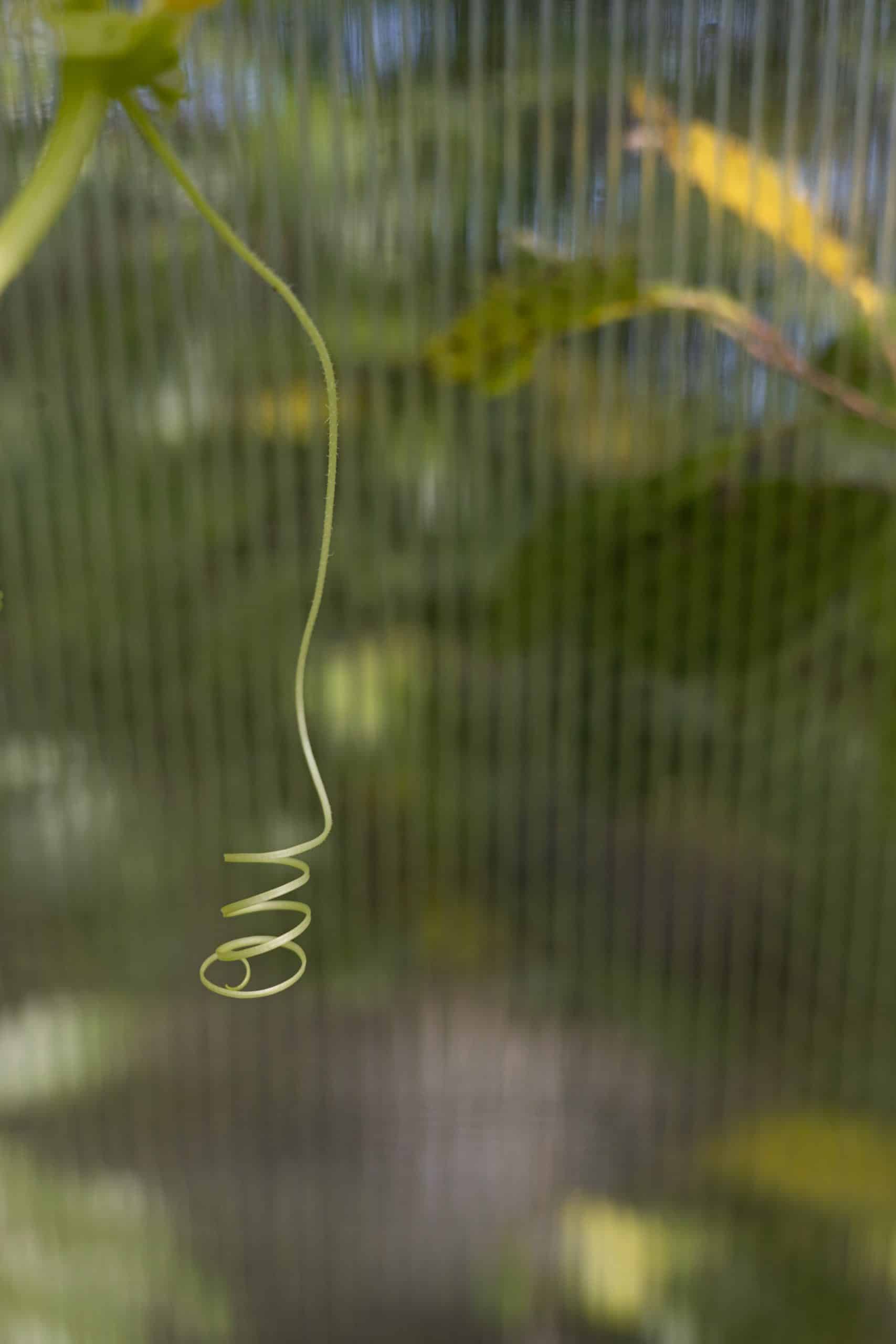How Should Athletes Adjust Their Training Regimes During Periods of Air Pollution?

Air pollution is not only a threat to the environment but also a significant risk to human health. When the air quality deteriorates, certain precautions need to be taken, especially by athletes who are more exposed due to the intensity of their training and the time they spend outdoors. So, how should athletes adjust their training regimes during periods of high air pollution?
Understanding the Impact of Air Pollution on Athletes
Before we delve into how athletes should adjust their training under polluted conditions, let’s understand the impact of air pollution on athletes’ health and performance. Athletes, due to their higher intensity workouts, tend to breathe more than an average person. Therefore, the exposure to harmful pollutants in the air is significantly higher.
Cela peut vous intéresser : How Can Multi-Axis Treadmills Improve Rehabilitation for Football (Soccer) Players?
Also read : What Are the Impacts of Different Types of Music on Athletic Performance?
Pollutants such as PM2.5, nitrogen dioxide, and ozone, which are common in polluted air, can cause acute health conditions. These include respiratory problems, cardiac issues, and even cognitive impairments. As a result, an athlete’s performance may decline. For example, their stamina may decrease, recovery time may increase, and the immune system can weaken, making them prone to illnesses.
Avez-vous vu cela : What Are the Impacts of Different Types of Music on Athletic Performance?
Modifying Training Intensity and Time
During periods of high air pollution, athletes should adjust their training regimes by altering the intensity and timing of their exercises. High-intensity workouts require rapid and deep breathing, which increases the risk of inhaling more pollutants. Athletes should aim to reduce the intensity of their workouts during times of poor air quality to protect their health.
Also to read : How Can Multi-Axis Treadmills Improve Rehabilitation for Football (Soccer) Players?
Training time is another essential factor to consider. Air pollution levels typically peak during certain times of the day, usually in the morning and evening during rush hour traffic. Athletes should plan their training schedules to avoid these peak pollution times. Exercising during off-peak hours when the pollution levels are lower can dramatically reduce exposure to harmful pollutants.
Indoor Training: An Effective Alternative
In conditions of severe air pollution, outdoor training is not recommended, regardless of the time of day. Instead, athletes should consider shifting their training indoors. While indoor training might not offer the same environment as outdoor training, it significantly reduces exposure to harmful pollutants.
Indoor exercises should mirror as closely as possible the intensity and nature of the usual outdoor training. For instance, track athletes can use treadmills, cyclists can use stationary bikes, and so on. High-quality air purifiers should be used to ensure the indoor air remains clean.
Heat Exposure and Hydration
A lesser-known but equally vital aspect of air pollution is its correlation with heat exposure. Polluted air often traps heat, leading to higher temperatures. Athletes, especially those training in the summer, should be aware of possible heat illnesses due to increased exposure to heat during periods of high pollution.
To combat this, athletes should ensure they stay well hydrated. Drinking more water helps maintain the body’s temperature and aids in flushing toxins from the body. Also, wearing light-colored, breathable clothing can help manage heat exposure better.
Regular Health Check-ups and Listen to Your Body
Regular health assessments are crucial for athletes, especially during periods of high air pollution. These check-ups can help detect any pollution-related health issues early and prevent them from escalating further.
Moreover, athletes should always listen to their bodies. If they experience any unusual symptoms such as shortness of breath, prolonged fatigue, chest discomfort, or dizziness, they should immediately stop their training and seek medical attention.
In conclusion, while air pollution presents a significant obstacle to outdoor training, with precautionary measures and adaptive training regimes, athletes can continue to train effectively while minimizing their risk. Remember, when it comes to health, prevention is always better than cure.
Implementing Protective Measures Against Pollutants
After understanding the hazards of air pollution and how to mitigate its effects through indoor training and adjusting the intensity and timing of workouts, it’s also imperative to consider additional protection against pollutants. This means taking steps to prevent acute exposure to harmful particulate matter and other air pollutants that can affect athletic performance.
Wearing a high-quality anti-pollution mask that filters out particulate matter is a feasible option, especially when training outdoors. These masks can filter out PM2.5 particles, which are known to cause respiratory issues and cardiac problems.
While masks can be helpful, they should not be seen as a long-term solution. They can restrict airflow, making breathing difficult during high-intensity workouts. Therefore, their use should be coupled with other measures like training indoors or shifting the time of training to when pollution levels are low.
Athletes should also pay attention to environmental conditions, including wildfire smoke. Since smoke from wildfires contains high levels of particulate matter, exposure to it should be avoided whenever possible. If a wildfire event happens, it’s advisable for athletes to cease outdoor training entirely, even if they’re not in the immediate vicinity of the fire, as wind can carry smoke and pollutants long distances.
Long-term exposure to poor air quality can have severe effects on an athlete’s health and performance. Therefore, implementing these protective measures is crucial to ensure the least amount of damage is inflicted on the athlete’s health.
Adopting a Healthy Lifestyle and Diet
A healthy lifestyle and diet cannot be overemphasized for athletes, especially during periods of high air pollution. A strong immune system can help combat the negative effects of pollution and improve recovery time after workouts.
A diet rich in antioxidants can help the body fight off damage from pollutants. Foods such as fruits, vegetables, nuts, and seeds are packed with antioxidants that can help neutralize free radicals produced by exposure to pollutants.
Hydration is also essential. Drinking plenty of water helps in flushing out toxins from the body and maintaining good health. During periods of extreme heat, athletes should increase their water intake to counter dehydration.
Getting ample rest and sleep also contributes to a robust immune system. Lack of enough sleep can weaken the immune system, making athletes more susceptible to illnesses.
Adopting a healthy lifestyle and diet, along with regular exercise, can help athletes maintain their performance even under unfavorable environmental conditions like poor air quality.
Conclusion
In the face of air pollution, athletes must be proactive and adaptable to ensure their health and performance are not adversely affected. This includes understanding the harmful effects of pollutants, adjusting exercise intensity and time, moving training indoors, implementing protective measures against acute and chronic exposure to pollutants, and leading a healthy lifestyle.
Remember, the goal is not just about improving athletic performance but also sustaining long-term health. Therefore, athletes should always prioritize their health and consider air quality as an integral part of their training regime. After all, as the adage goes, "an ounce of prevention is worth a pound of cure."
